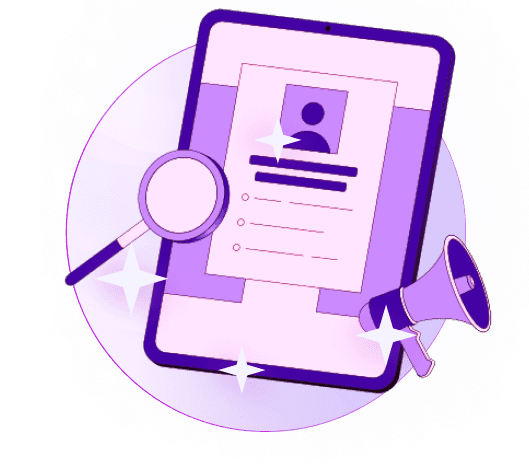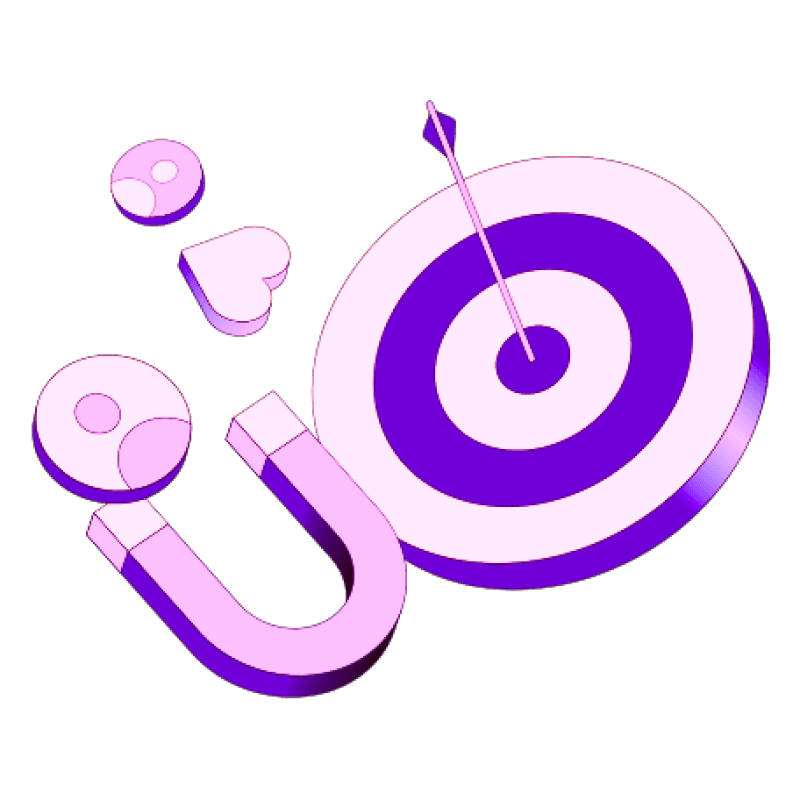Blogs
Articles

8 Steps to Follow Up Effectively After Your Cold Email Campaign
Cold emailing can feel like throwing a message into a vast, echoing canyon—sometimes you hear nothing back, and other times, you get a flurry of replies. If you're like most people, you might find yourself uncertain about what to do next after hitting “send” on your cold email campaign. Fear not! Effective follow-up can turn that silence into productive conversations.
In this article, I’ll walk you through eight steps to follow up effectively after your cold email campaign, making sure you maximize your chances of engagement.
Step 1: Give it Time
Before you start sending follow-up emails, it’s crucial to give your initial email some time to breathe. Everyone has a packed inbox, and it’s easy for emails to get lost in the shuffle. A good rule of thumb is to wait at least 5-7 days before following up. This waiting period shows that you respect their time while being patient.
Step 2: Craft an Engaging Follow-Up Email
Once you've counted down the days, it’s time to get to work on your follow-up email. Approach this message with a fresh perspective. Be specific and concise. Remind your recipient of your previous email—not just the subject line, but also the main point. Something like, “I wanted to follow up regarding my email about [specific topic]” will help jog their memory.
Also, don't forget the importance of a catchy subject line. You want it to stand out amid the digital noise. Make it helpful and non-intrusive, like “Quick Follow-Up on [Topic]” or “Just Checking In–Hope All is Well!”
Step 3: Add Value to the Conversation
People love rich, thoughtful content. Use your follow-up as an opportunity to add value. This could be a useful article, a case study, or even a relevant statistic that could help underscore your message. When you offer something of value, you're not just reminding them of your initial email; you’re giving them a reason to engage.
For instance, if you're offering a tool or service, mention how it can solve a problem relevant to them. This approach doesn’t come off as pushy—it positions you as a helpful resource. Remember, your goal is to build a connection, not just make a sale.
Step 4: Personalize Your Message
Generic follow-ups can easily blend into the background noise of a busy inbox. Keep it personal! Tailor each message to reflect the recipient's needs or interests. If you have mutual connections, mention them. If you noticed something about them on LinkedIn—like a recent promotion—bring it up. Personal touches show you’ve done your homework and respect their individuality.
Step 5: Ask a Question
In your follow-up, consider posing a gentle, engaging question. This invites them to respond without feeling pressured. A question like, “What are your thoughts about [specific area related to your proposal]?” encourages conversation. When people are asked for their opinions, they’re often more likely to reply.
Incorporating a question also makes it easier for your recipient to respond, even if they’re initially uninterested. They might say, “Thanks for your follow-up. I’m not interested now, but let’s connect in the future.” That’s not a hard “no” but an open door for another chance later on.
Step 6: Keep it Short and Sweet
Everyone prefers quick communication, especially in a follow-up email. Assuming most people receive countless emails daily, time is of the essence. Try to keep your follow-up under 150 words.
Highlight the key points, emphasize your call to action, and get straight to the point. Offering clarity and brevity demonstrates that you value their time and attention.
Step 7: Be Ready to Follow Up Again
If you don’t hear back after your first follow-up, don’t lose heart! It’s completely normal. Here’s where persistence pays off. Consider sending a second follow-up about 7-10 days after your first. This email should be friendly and still offer value. A good template could be, “Just wanted to touch base again and see if you had a chance to review my previous emails!”
Bear in mind that your persistence should be light-hearted—not overbearing. If you’ve sent multiple emails and still haven’t received a response, it might be time to take a step back. Remember, quality over quantity!
Step 8: Know When to Move On
Sometimes, despite your best efforts, the follow-up may not yield results. And that’s okay. Recognizing when to move on can save you time and mental bandwidth for other leads. If you’ve reached out a couple of times with no response, consider it a learned lesson. You’ll encounter other prospects who may be more responsive.
However, before you completely let go, consider using this time to reflect. Is there something you could adjust in your approach? Using insightful tools like Persana can help streamline your prospecting efforts and give you data about which types of messages resonate the most. Our AI-powered platform not only assists in generating lead lists and enriching data but also integrates seamlessly with your existing outbound tools—automating the often tedious manual tasks that can weigh down your processes.
Closing Thoughts
Following up effectively after your cold email campaign doesn’t have to be intimidating. By implementing these eight steps, you increase your chances of fostering meaningful dialogue rather than vanishing into the void of unread emails. Adopt a personable approach, add value, and tailor your messages to spark engagement.
As you refine your email strategy, consider leveraging tools like Persana.ai for enhanced efficiency. With the right follow-up techniques and tools at your disposal, you’ll find your efforts truly rewarding. Happy emailing!

Create Your Free Persana Account Today
Join 5000+ GTM leaders who are using Persana for their outbound needs.
How Persana increases your sales results
One of the most effective ways to ensure sales cycle consistency is by using AI-driven automation. A solution like Persana, and its AI SDR - Nia, helps you streamline significant parts of your sales process, including prospecting, outreach personalization, and follow-up.



